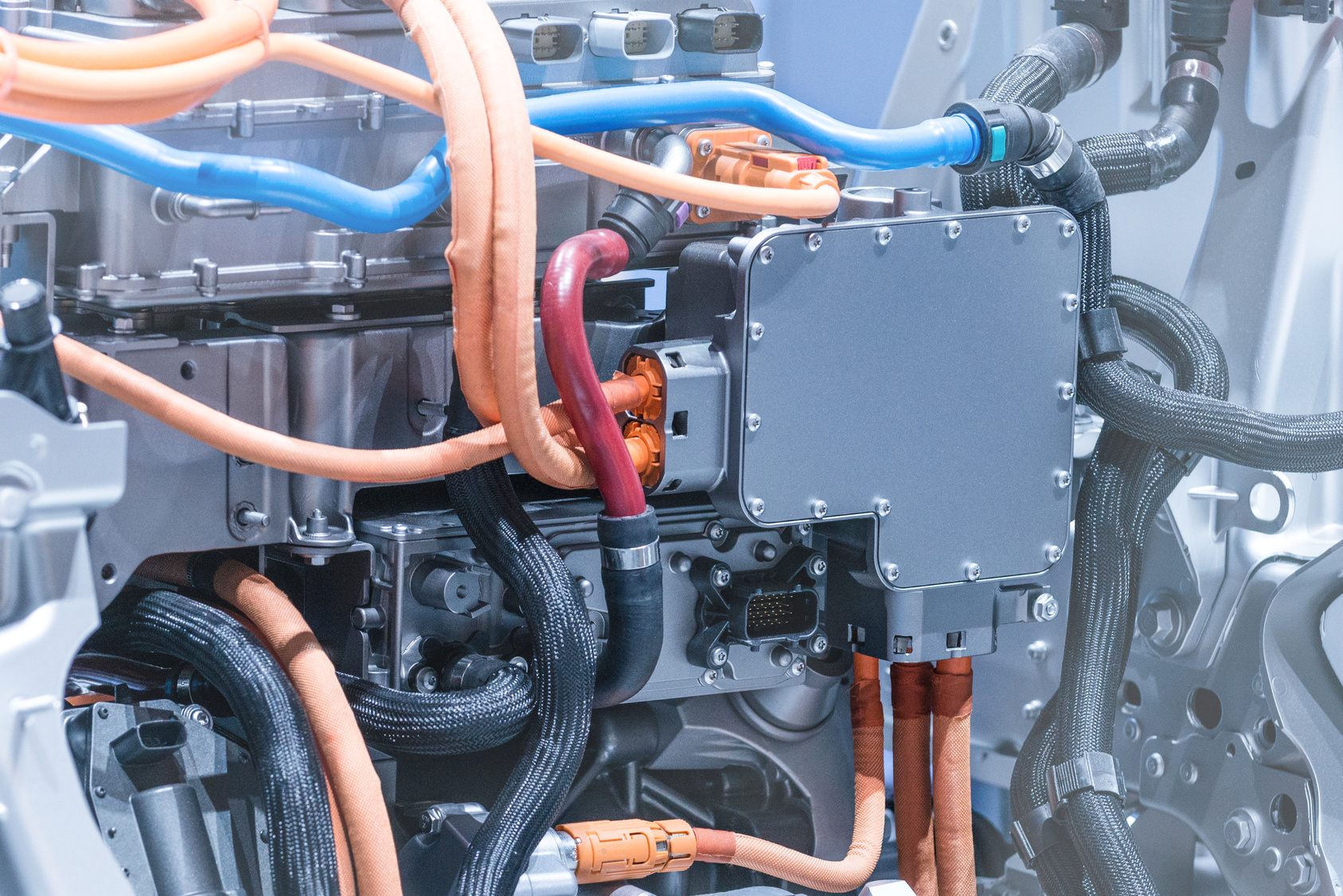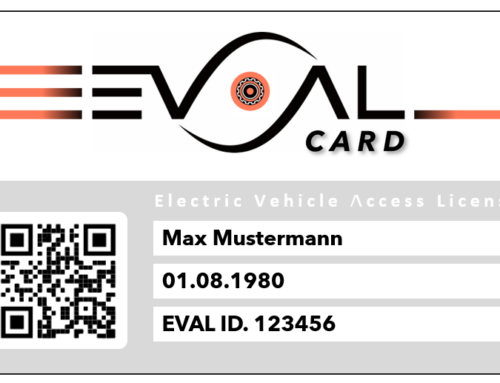Is the vehicle your employees are working on an HV intrinsically safe or non-HV intrinsically safe vehicle?
Does this have anything to do with the safety of the vehicle or just with the design of the HV system inside the vehicle? Lots of questions and no clear answers.
We have a clear answer for you, but first to the origin of these terms:
Until mid-2021, electrically powered vehicles were divided into intrinsically safe and non-intrinsically safe vehicles in the training guidelines and information DGUV 200-005 and OVE Guideline R19.
HV intrinsically safe vehicles are vehicles that guarantee complete contact and arc protection against the HV system through technical measures on the vehicle.
According to DGUV 200-005, this was achieved in particular by meeting the following requirements:
- Technically safe shutdown of the HV system and automatic discharge of possible energy storage devices before reaching live parts,
- Cable connections via connectors in arc-proof design and not via screwed connections;
- Safe shutdown when covers of the HV system get removed.
The qualification requirements in the aftersales area were divided into the following areas in DGUV 200-005:
- Service workshops for HV intrinsically safe vehicles – in particular passenger cars and
- Service workshops for non-HV intrinsically safe vehicles – especially commercial vehicles like trucks.
In the OVE Guideline R19, the term HV intrinsically safe vehicles was mistakenly confused with accident-free vehicles and accident vehicles were defined as non-intrinsically safe vehicles.
That’s why there were always discussions about which vehicles were intrinsically safe or not.
A bigger problem was the certification of employees who were qualified to work on such vehicles.
Many training institutes issued certificates for “working on HV intrinsically safe vehicles”, although there were actually no HV intrinsically safe vehicles.
Therefore, persons who were qualified for HV intrinsically safe vehicles were also not allowed to work on non-HV intrinsically safe vehicles.
In the passenger car sector, however, there were many vehicles that also did not meet all of the above named requirements and were therefore also not intrinsically safe.
However, the UNECE R100 approval rule did not specify different requirements for trucks and cars. It was therefore incomprehensible why vehicles were divided into two classes in the training information (DGUV 200-005, OVE R19).
This grievance has been addressed by Ing. Deniz Kartal (GF Evalus GmbH) in 2018 and communicated this to all affected working groups (employers’ liability insurance associations in Germany and the OVE in Austria).
This was followed by the amendment of DGUV 200-005 and OVE Guideline R19.
For this reason, this term can no longer be found in the current amendments to both sets of information.
The company EVALUS GmbH (in particular managing director Deniz Kartal) was the trigger for the correction of this point and the amendment.
You can find out what has changed in the current version of OVE R19 and DGUV 209-093 in our next articles.






Leave A Comment
You must be logged in to post a comment.